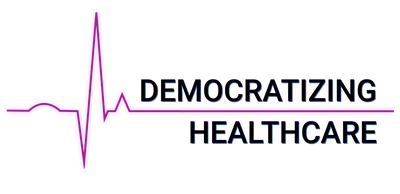About
Founder and CEO Tej Tadi
MindMaze has had CE Mark and FDA clearance for their in-hospital and at-home hardware and software. Their stroke rehabilitation software has successfully treated over 10,000+ patients in 20 countries.
MindMaze’a VR treatments have the ability to trick the brain into thinking something is real. When a part of the brain is injured — for example through a TBI (traumatic brain injury) or stroke — those damaged neurons no longer work. If those damaged neurons were involved with a specific body movement such as controlling the left arm, it can cause partial or full paralysis of that arm. Tricking the brain using VR can help facilitate new neural connections and bypass those damaged neurons. That in turn can speed up and improve a patient’s recovery and outcomes.
Mirror Box Therapy
MindMaze uses a technique that would normally require a mirror, called Mirror Box Therapy or Mirror Therapy. Before VR stroke recovery was an option, a stroke patient with partial paralysis of their [e.g., left arm] would go to a physical therapist. The physical therapist would hold up a mirror to trick the patient’s brain into thinking the healthy right arm was also a healthy left arm, while hiding the partially paralyzed left arm from the brain.
MindMaze has taken that same Mirror Box Therapy technique, but they are using the method inside a world of VR. VR makes the Mirror Therapy look significantly more realistic to the brain than just a normal mirror. The more realistic it looks, the easier it is to trick the brain.
Imagine this scenario: a patient’s left arm is partially paralyzed. In the VR software, a mirror image of the healthy right arm is then layered over the left arm. When a patient moves their healthy right arm, inside of VR it looks like the patient is also moving their partially paralyzed left arm with the same range of motion, speed and strength. That is enough to trick the brain into thinking it’s real. That creates new neural connections to bypass the brain cells that were damaged during the stroke. This is an example of neuroplasticity — the brain has the ability to rewire itself through experience.
Entire Care Continuum
MindMaze can be used across the entire care continuum, from acute, to sub-acute, to outpatient, to in-home care. The MindMotion PRO is a large in-hospital device for acute / sub-acute neuro rehab and in the outpatient neuro rehab unit. Beginning minutes after the patient has a stroke, the MindMotion PRO can start helping the brain recover, while the patient is still in the hospital. The faster the brain builds new neuro connections, the better.
MindMaze also has a clinical grade at-home device called the MindMotion GO that can be sent home with the patient for telerehabilitation.



